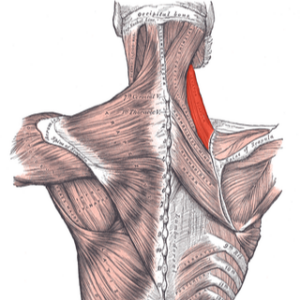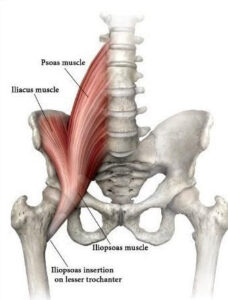Most of the time a patient walks into a chiropractic office, it is due to some sort of back or neck pain. This makes sense considering Chiropractors have years of specialized training in treating spinal dysfunction. But did you know that Chiropractors also treat shoulders, elbows, wrists, hips, knees, and feet? Extremity adjusting is often overlooked in the world of chiropractic, however it can be the key to relieving that nagging shoulder pain or chronic plantar fasciitis. In fact, often it is an extremity problem that can lead to spinal dysfunction.
3 of the most common extremities we adjust and treat at Pro Chiropractic include these regions of the body:
- Shoulders
- Hips
- Feet and Ankles
SHOULDER PAIN
The shoulder is the most dynamic and complex joint in the human body. It is made up of a compound system of bones, muscles, and ligaments that must work together whenever you put them into action. 
The complexity of the shoulder can also be its downfall when it comes to injuries. Because there are so many moving parts, an imbalance in one aspect of the shoulder joint can lead to a strain of the muscles or sprain of the ligaments.
Due to the shoulder’s articulation with the thoracic cage, as well as corresponding muscles that attach to the upper thoracic spine and neck, an injury to the shoulder often leads to consequent neck and thoracic spine complaints.
Chiropractic adjustments in the shoulder region address joint dysfunction and fixation in the AC joint, sternoclavicular joint, glenohumeral joint, and scapula (shoulder blade).
HIP MOBILITY
Similar problems found in the ball and socket joint of the shoulder present when looking at the hip. A hip lacking proper mobility will often lead to pain in the front and back of the hip and low back pain. Due to the amount of sitting the 21st century human body does throughout the day, one of the most vulnerable muscles exposed to hip tightness is the psoas muscle. 
The psoas muscle originates at the lumbar spine, extends through the pelvis, and inserts into the femur. It is the primary muscle that provides flexion of the hip, which is what occurs when we sit.
Prolonged sitting often leads to the following sequence:
- Adaptive stiffness of the psoas muscle
- This results in the lumbar spine being pulled forward
- Creates pain and tightness in the low back and a lack of full range of motion in the hips.
Chiropractic adjustments and soft tissue therapies to the hips address dysfunction and pain in the femoral-acetabular (ball and socket joint), as well as important muscles including the psoas, TFL, and deep hip rotators to help restore proper rotation to one of your most powerful joints.
OVER-PRONATION IN THE FEET
The foot is the foundation of the body and instability or dysfunction of this foundation will create instability and dysfunction in the entire structure. 
Over-pronation of the foot occurs in individuals who are flat-footed or lack proper motor control of the lower leg and hip. Pronation is the natural motion of the ankle, leg and body moving over the foot in a normal stride. It is also seen as the primary shock absorber of the body while walking or running.
What often occurs in individuals who are flat-footed is what is referred to as “over-pronation.” In over-pronation the following sequence occurs:
- The ankle rolls excessively downward and inward with each step
- This causes excessive internal rotation of the tibia, the bone of the lower leg, which can lead to a higher incidence of shin splits
- Rotation of the tibia then works up the kinetic chain, causing increased rotation of the femur, the long bone of the thigh
- Femoral rotation increases the strain of the muscles of the hip that attached to the pelvis and lumbar spine.
So, while an individual may be experiencing low back pain, the dysfunction may be stemming all the way down to the feet. Chiropractic adjustments effectively address dysfunction in the 26 bones of the foot ankle complex. Some if the key players related to foot over-pronation that respond beautifully to chiropractic adjustments include the hallux (1st ray), navicular, talus, and cuboid.
CHIROPRACTIC EXTREMITY TREATMENT OPTIONS
There are specialized chiropractors who have taken additional training to earn the status of Certified Chiropractic Extremity Practitioner (CCEP). Not only can chiropractic care assist in the process of rehabilitating an injured extremity, but it can also help prevent injuries from occurring in the first place by maintaining proper mobility and/or stability within the joints through:
- Extremity Adjusting
- Soft Tissue Modalities
- Gait Analysis
- Corrective Orthotics
- Therapeutic Exercise
Maintaining proper extremity function is vital to ensuring the whole body is operating at its highest potential. Please contact us with any questions you may have about spinal and extremity adjusting and to get started on your journey to living pain-free through chiropractic care at Pro Chiropractic.
